Museum of Palazzo Davanzati Florence
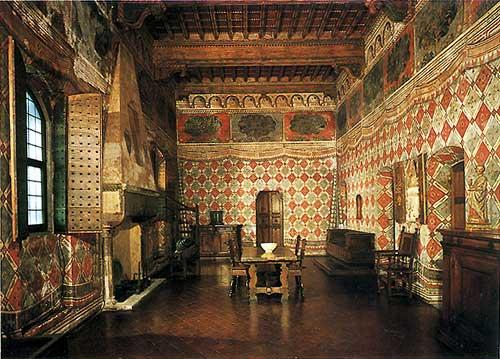

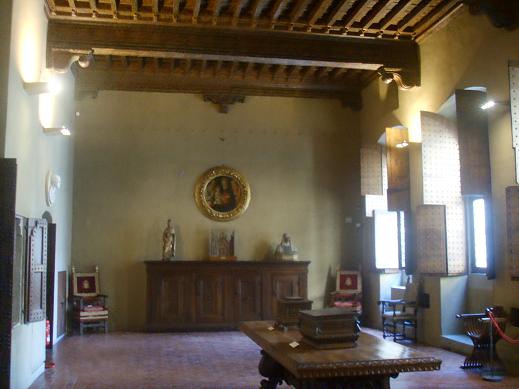





Via Porta Rossa, 13-red - 50123 Firenze
0
055-2388610 - 055-2388705 - 055-2388687
The recent restoration of the museum takes account of the house's excellent preservation and emphasizes its domestic nature in an attempt to reconstruct the appearance of a Florentine house of the past with furniture and household utensils from the fourteenth to nineteenth centuries. The bedrooms for example have their chests full of linen and in the reception saloon a rare cabinet painted by a Sienese artist of the sixteenth century. Inside the cupboards of the dining rooms are Cataggiolo plates and a fine collection of old ceramics and eighteenth century hand warmers.
Much space is devoted to household activities, notably those of the women. In the kitchen for example are displayed not only the utensils in daily use but also working instruments like the loom, warping machine, and the spinning wheel, all of which reveal aspects of life in the house. Also with this end in view a section devoted to lacework has recently been added.
Apart from sheltering beautiful furnishings of the fifteenth and sixteenth centuries, certain rooms of the museum such as the old cellars have been set aside for the display of archaeological remains of all kinds such as the 1966 exhibition of flood-damaged objects or recently, the exhibition of Cafaggiolo ceramics brought to light by excavation all of which make the museum a centre of lively cultural activity.
The Davanzati Museum is situated in the Davanzati palace that is a typical example of one typical Fiorentina house of XIV the century between Middle Ages and Rinascimento, completely furnished with furnitures, pictures, objects, coming from the museums fiorentini and donations. In fact the Davanzati Museum is known like like museum of the house ancient fiorentina.
The Davanzati Museum was constructed in XIV the century from the Davizzi family; subsequently it passed in the 1500's to the Bartolini, and finally in 1578 it became property of the Davanzati family. In 1904 it was acquired from the antiquarian Volpi; He restored it and he furnished it with pieces of his collection. Finally it was acquired from the Italian State in 1951 and opened to the public in 1956.
The Davanzati museum conserve various collections of objects between which one important lace collection and Italian and foreign embroiderys.
---
Where we are
Others Museums
Previous
Next
-
Area: Centro storico
-
Area: Centro storico
-
Area: Centro storico
-
Area: Centro storico
-
Area: Centro storico
-
Area: Centro storico
-
Area: Centro storico
-
Area: Centro storico
-
Area: Centro storico
-
Area: Centro storico
-
Area: Centro storico
-
Area: Centro storico
-
Area: Centro storico
-
Area: Centro storico
-
Area: Centro storico
-
Area: Centro storico
-
Area: Centro storico
-
Area: Centro storico
-
Area: Centro storico
-
Area: Centro storico
-
Area: Centro storico
-
Area: Centro storico
-
Area: Centro storico
-
Area: Centro storico
-
Area: Centro
-
Area: Semi-Centro
-
Area: Centro storico
-
Area: Centro storico
-
Area: Centro storico
-
Area: Centro storico
-
Area: Centro storico
-
Area: Centro storico
-
Area: Ponte Vecchio
-
Area: Centro storico
-
Area: Centro storico
-
Area: Centro storico
-
Area: Centro storico
-
Area: Centro storico
-
Area: Centro storico
-
Area: Centro storico
-
Area: Centro storico
-
Area: Centro storico
-
Area: Semi-Centro
-
Area: Centro storico
-
Area: Centro storico
-
Area: Centro storico
-
Area: Centro storico
-
Area: Centro storico
-
Area: Centro storico





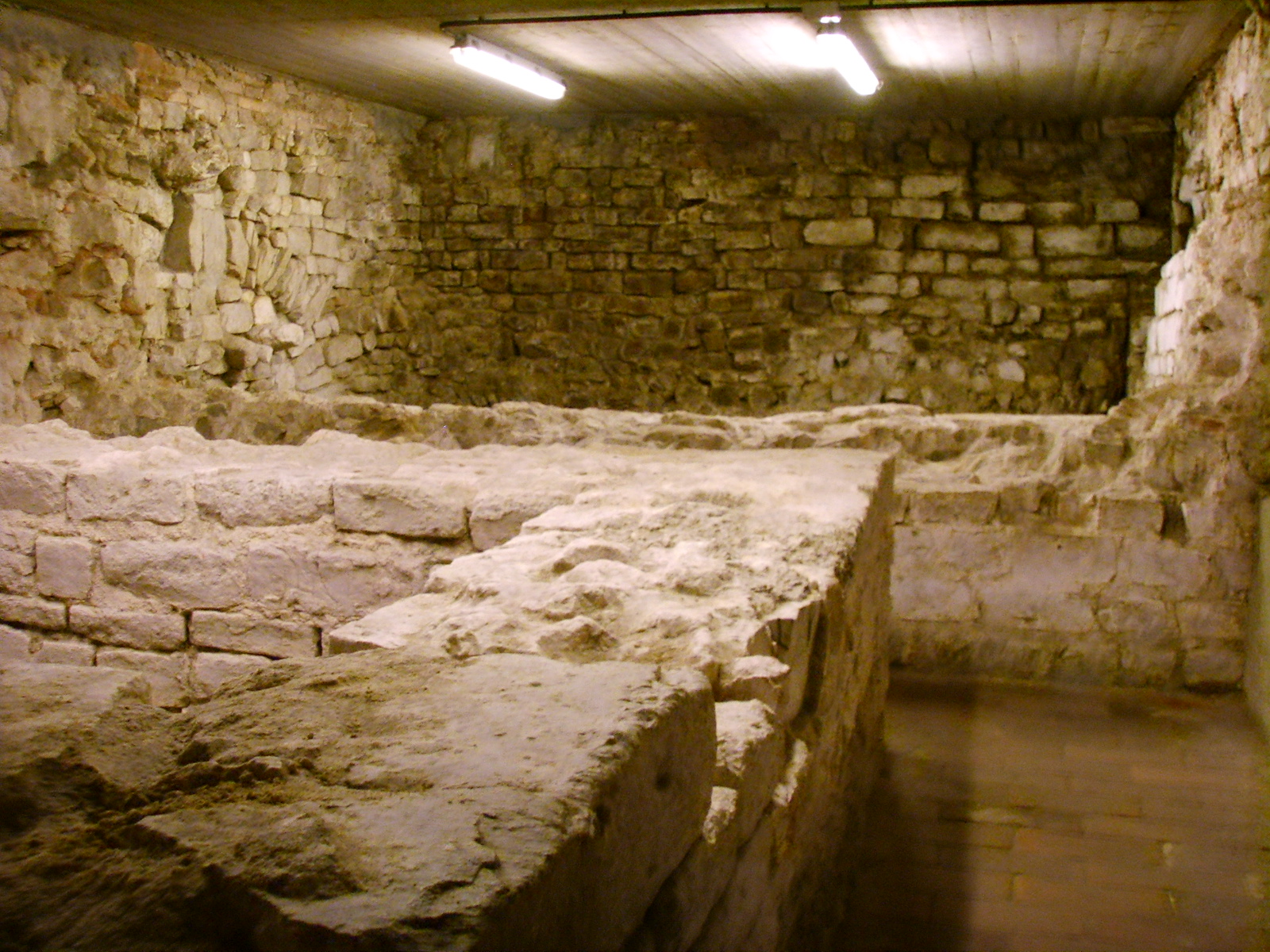
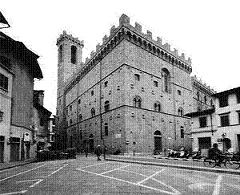
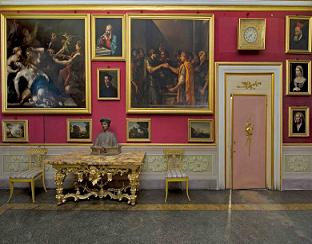
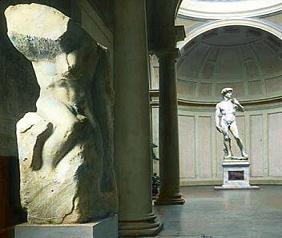


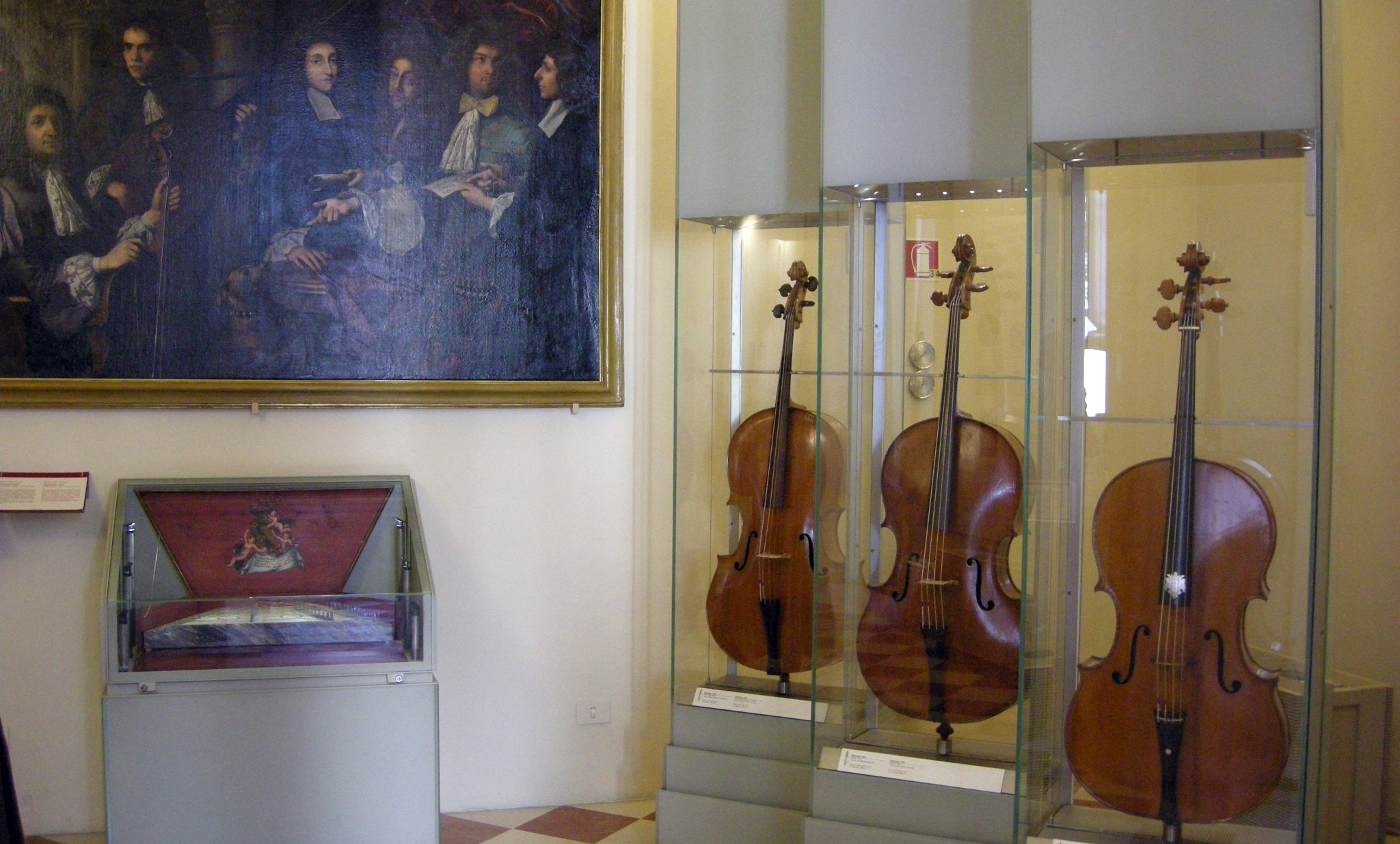
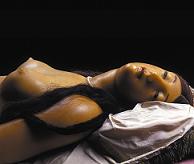
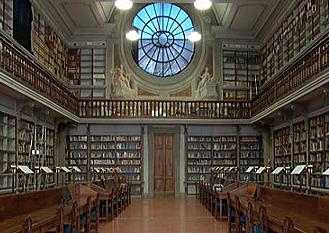
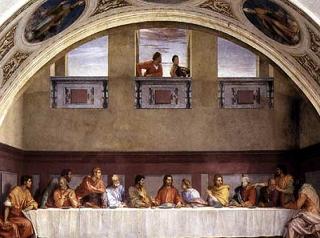
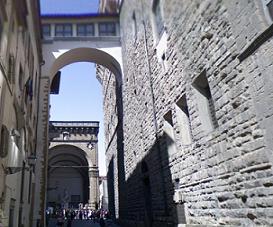
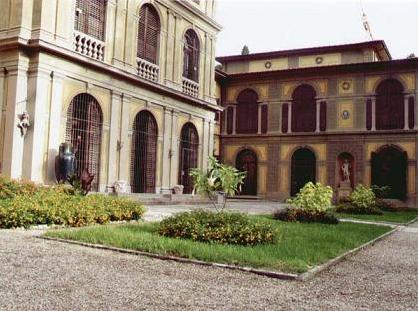

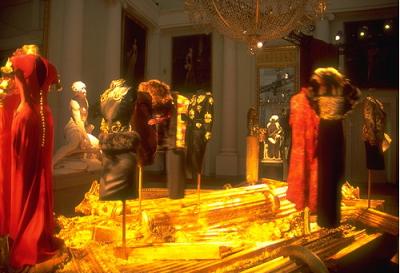
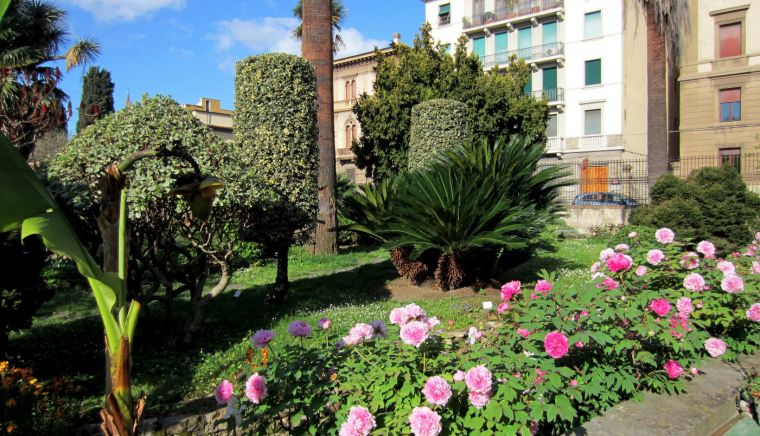
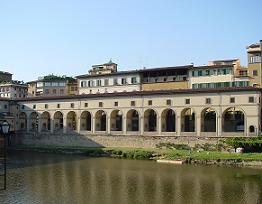
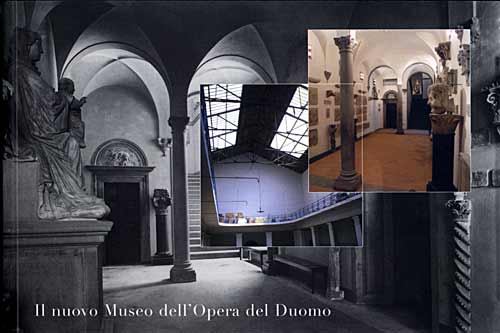
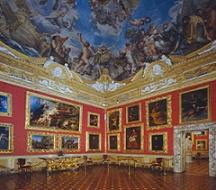
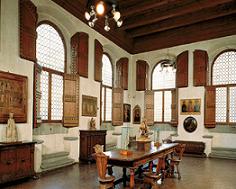
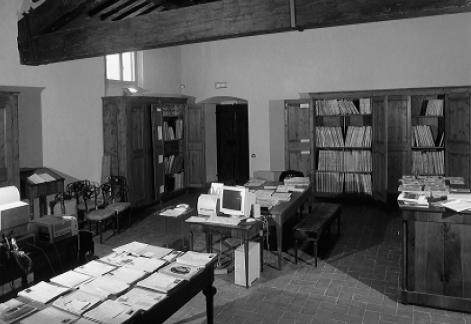
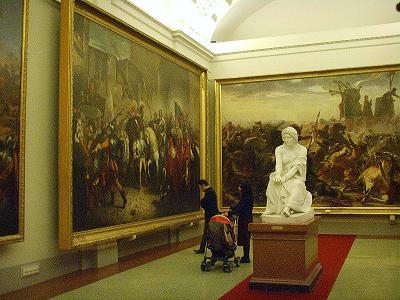
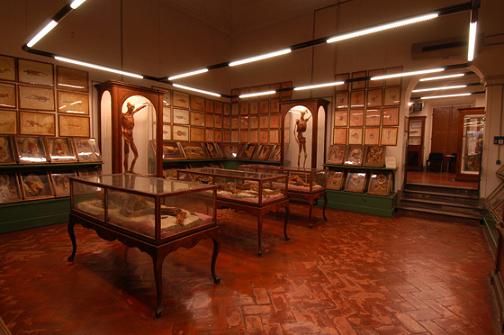
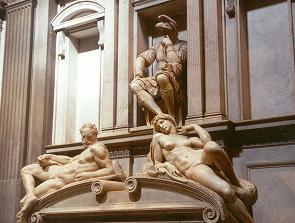
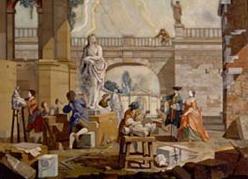
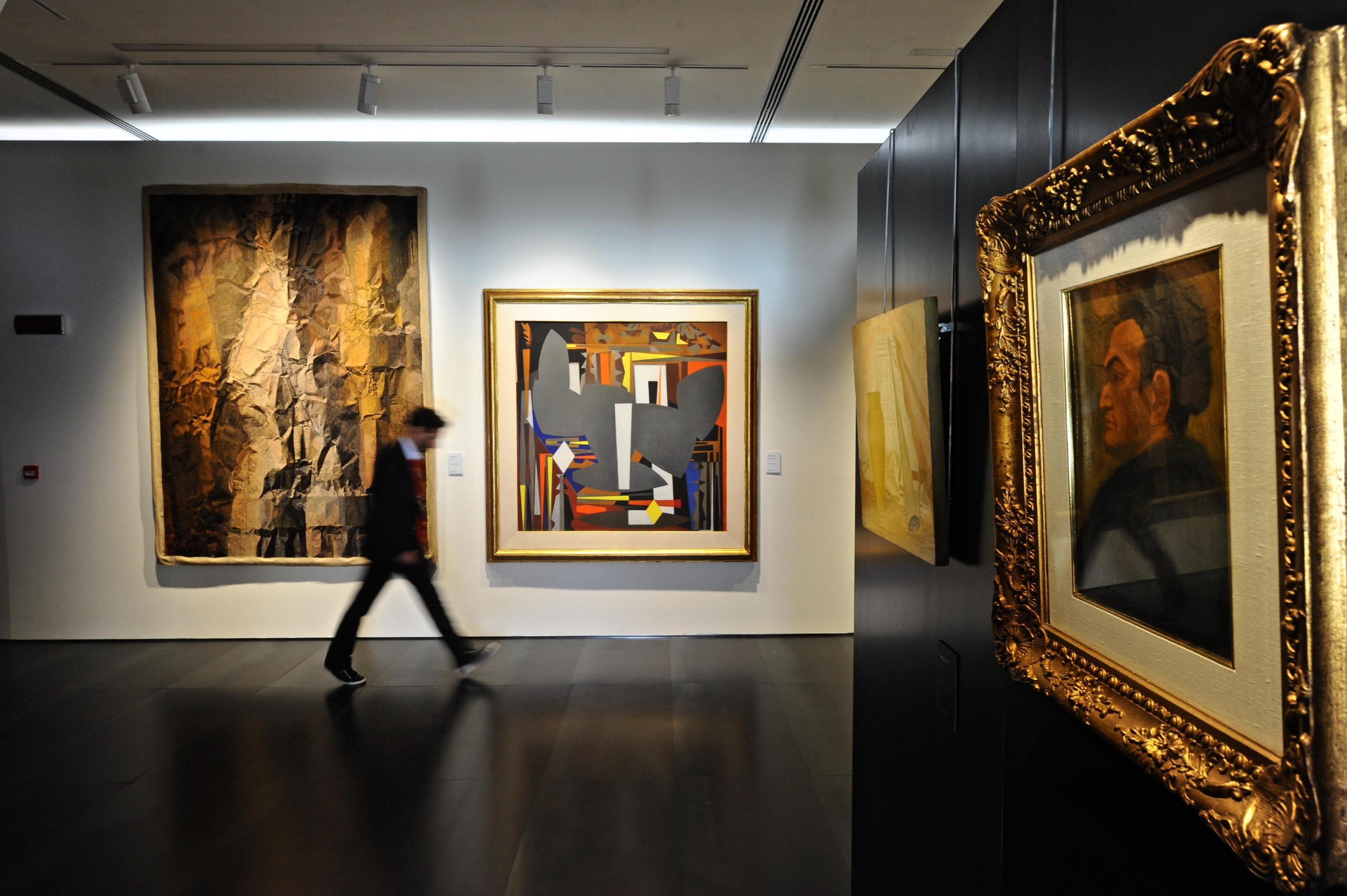

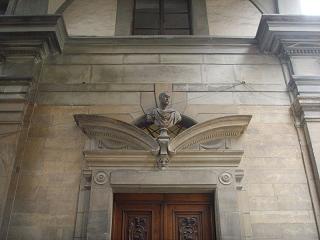
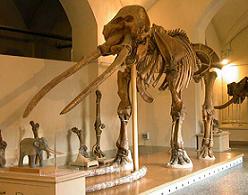
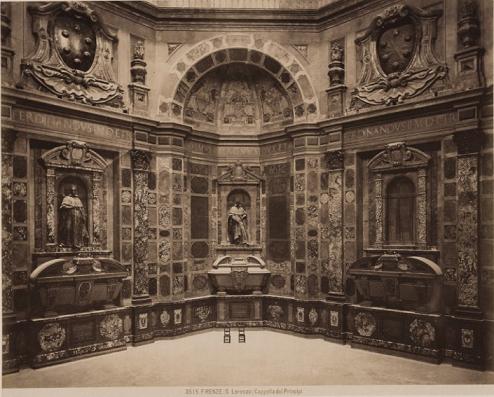
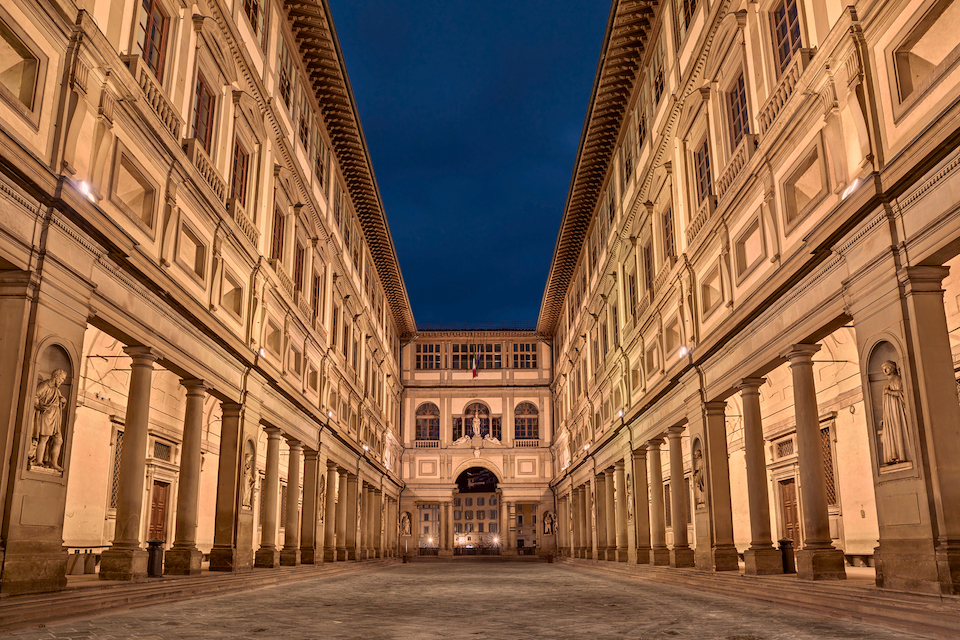
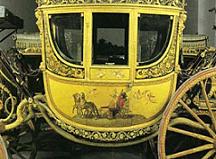
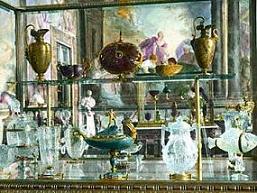

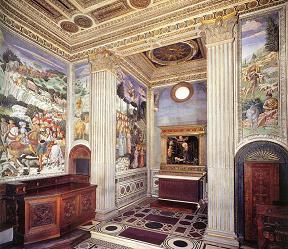

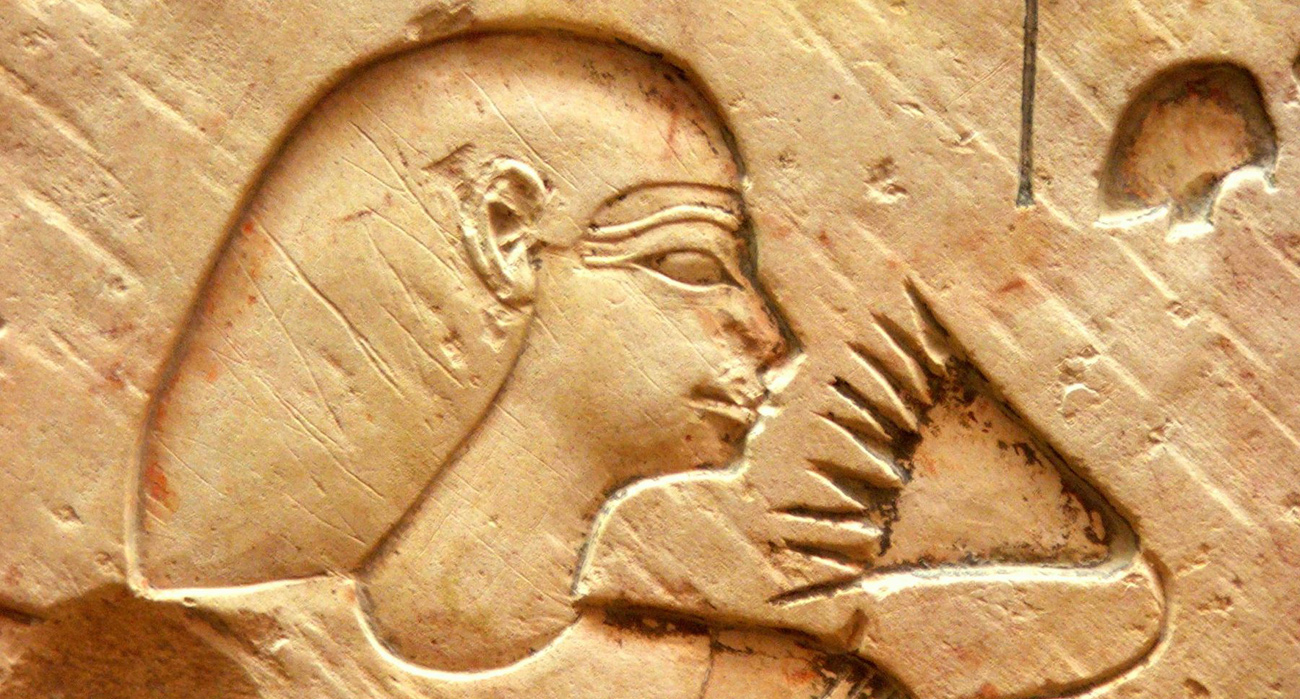
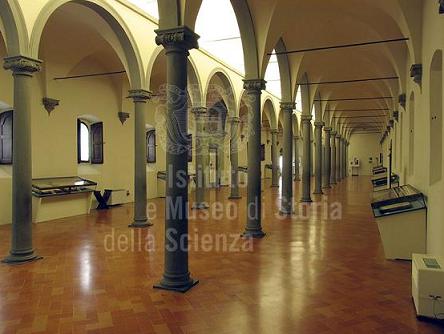
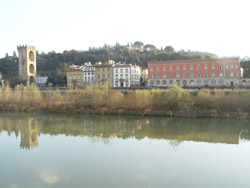
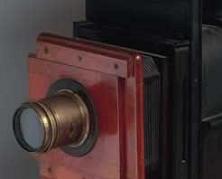
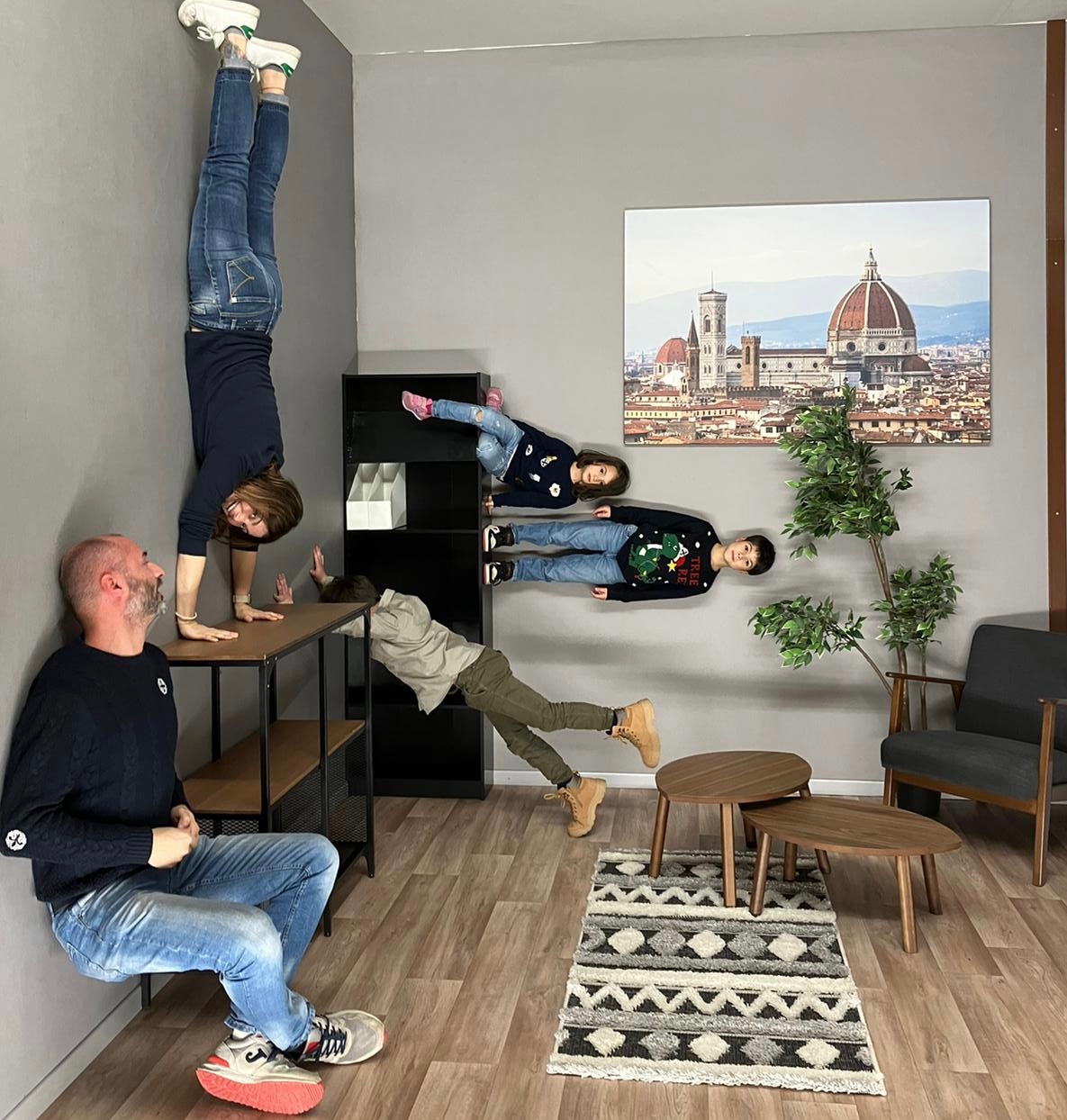
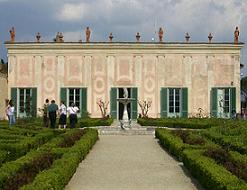
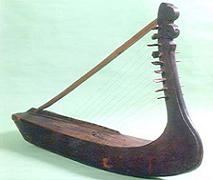
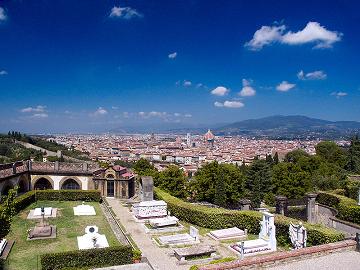
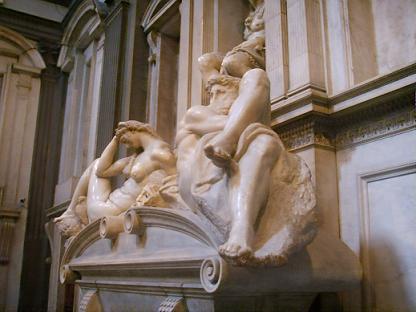

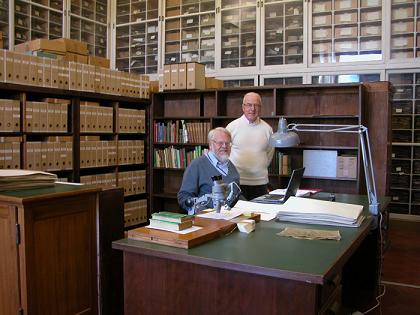

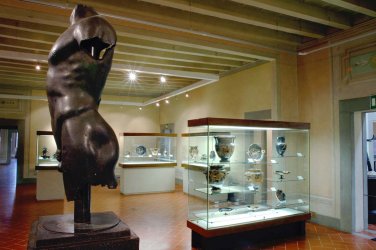
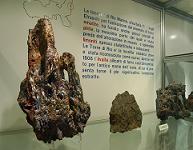
Comments